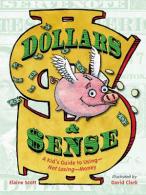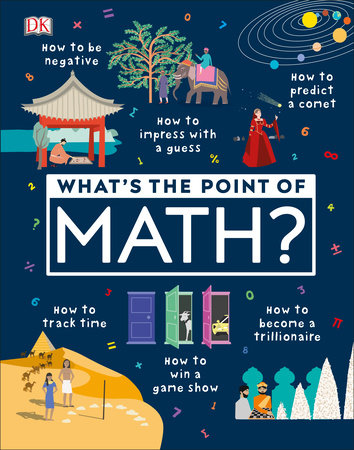
Paradigm Shift
Did you see it? The National Council of Teachers of English recently issued the “Position Statement on the Role of Nonfiction Literature (K–12).” I’ll be honest and say that when I was growing up, I never thought of nonfiction as literature. To me, nonfiction was an encyclopedia, a text book, or one of those really dry library books that you checked out when you had to do a report on a cheetah. Sure the cheetah was cool, but the book about it? I had to crawl my way through all of the dusty dry to find the fascinating facts.
Look how far we have come… This month we are looking at the literary craft of not just nonfiction, but math nonfiction! And that’s because the world of publishing has opened their arms to cool, crafty, creative presentations of information. And I for one am giddy over it. In fact, NCTE, this group of professional English teachers is proposing “a paradigm shift for teaching and learning with nonfiction literature in K–12 education.”
Drop the mic! Nonfiction is coming into its own!
So, how exactly do we spur on this paradigm shift? We can start by studying the craft of informational books. We can articulate new language to help us describe unique attributes of nonfiction. We can search out the devices used by nonfiction authors. We can compare/contrast, discuss/evaluate, and weigh the pros and cons. In other words, we can have informed opinions.
One Way to Start
Melissa Stewart (author of over 100 nonfiction books for children) and Dr. Marlene Correia (an educator of 30 years) have written a book entitled 5 Kinds of Nonfiction: Enriching Reading and writing Instruction with Children’s Books. Check out this article (https://www.melissa-stewart.com/img2018/pdfs/5_Kinds_of_Nonfiction_SLJ_May_2018.pdf) in the School Library Journal and Melissa’s blog post (http://celebratescience.blogspot.com/2020/02/5-kinds-of-nonfiction-update.html). They propose that much of today’s nonfiction can be categorized as one of the following:
- Active – books that get kids doing something, i.e, Klutz Books for Kids
- Browseable – open to any page and find chunks of facts, i.e., Nat Geo Weird But True World
- Traditional – provide a broad survey of a topic, i.e. Rattlesnakes
- Narrative – provide a narrative arc, i.e. Radiant Child The Story of Young Artists Jean-Michel Basquiat
- Expository Literature – non-narrative books that present a narrow topic in a creative or unique way, i.e. Summertime Sleepers: Animals that Estivate!
To become more comfortable with this idea, open a math book and check out a spread. Which category might each fit into? Try these:

The Kitchen Pantry Scientist Math for Kids: Fun Math Games and Activities Inspired by Awesome Mathematicians, Past and Present; with 20+ Illustrated, by Rebecca Rapoport and Allanna Chung.

Just a Second, by Steve Jenkins

Dollars & Sense: A Kid’s Guide to Using–Not Losing, written by Elaine Scott, illustrated by David Clark.

Sir Cumference and the First Round Table , written by Cindy Neuschwander, illustrated by Wayne Geehan (you’re right, this one is not nonfiction!)
Just as all novels books do not fit neatly into one genre, nonfiction books don’t all fit neatly into these categories, but I bet you know a reader who LOVES one of these categories. What if we recommended books to readers based on this? What if we encouraged all readers to sample books from all of these categories?
This is a powerful new way to understand and nudge forward this paradigm shift for teaching and learning nonfiction!
________________________________________________
Prepared by:

Heather L. Montgomery, author of 17 nonfiction books for kids.











 The Big Fat Middle School Math Workbook
The Big Fat Middle School Math Workbook
 Callie Dean is a researcher, writer, and musician living in Shreveport, LA. She writes stories that spark curiosity and encourage kids to explore their world. Follow her on Twitter at
Callie Dean is a researcher, writer, and musician living in Shreveport, LA. She writes stories that spark curiosity and encourage kids to explore their world. Follow her on Twitter at